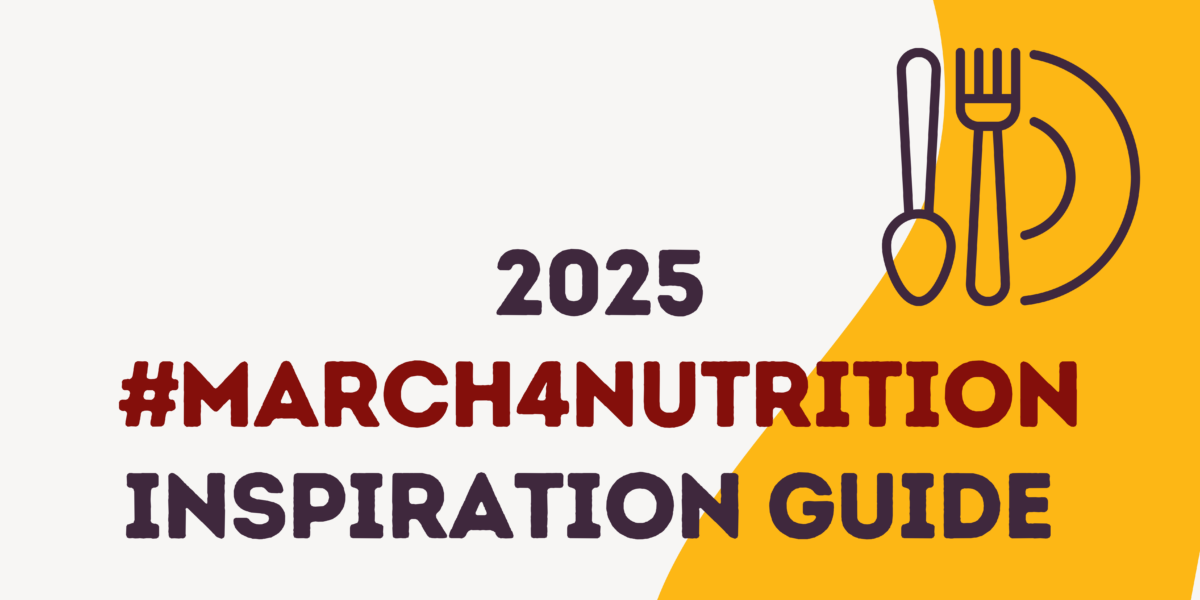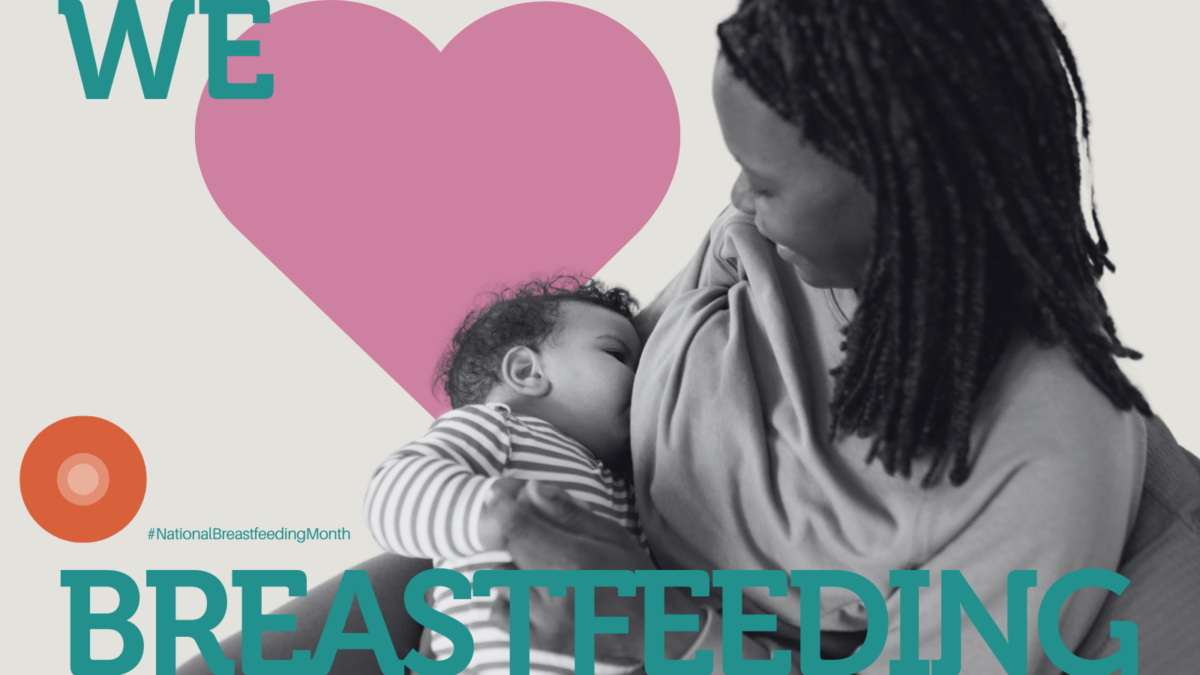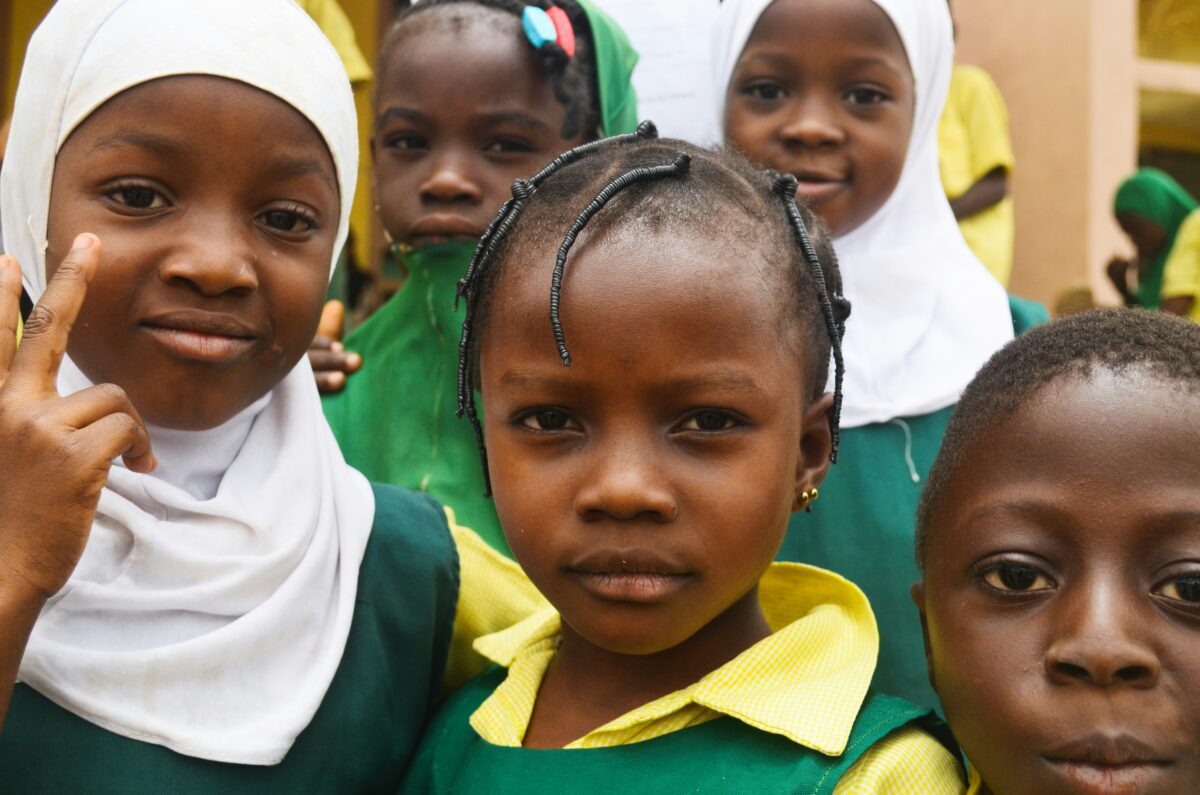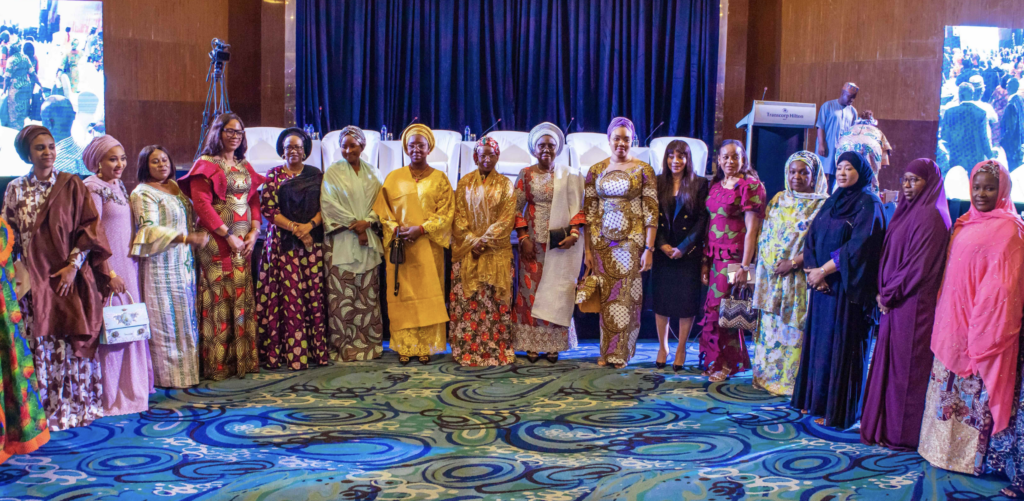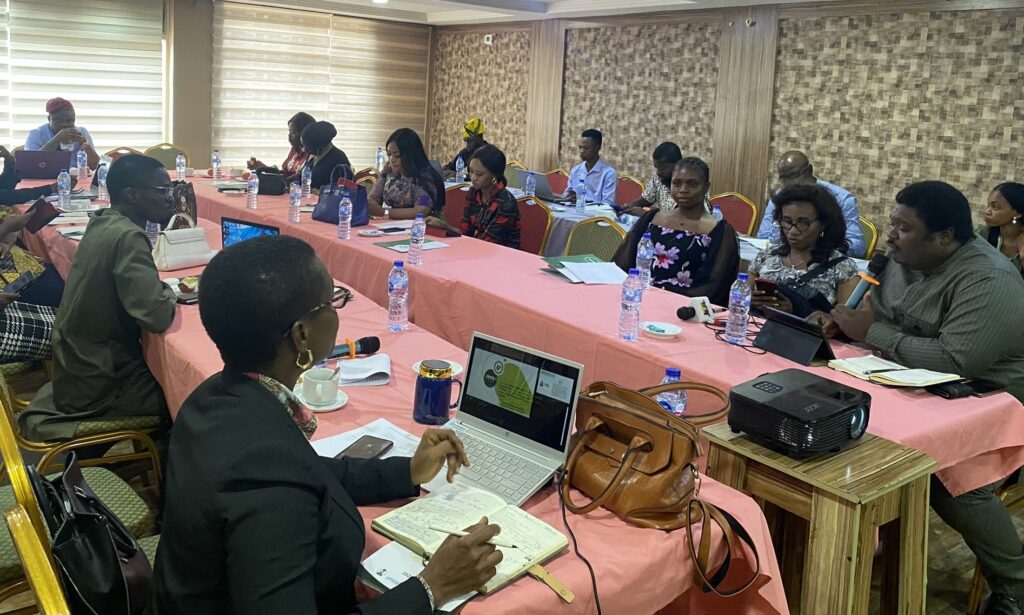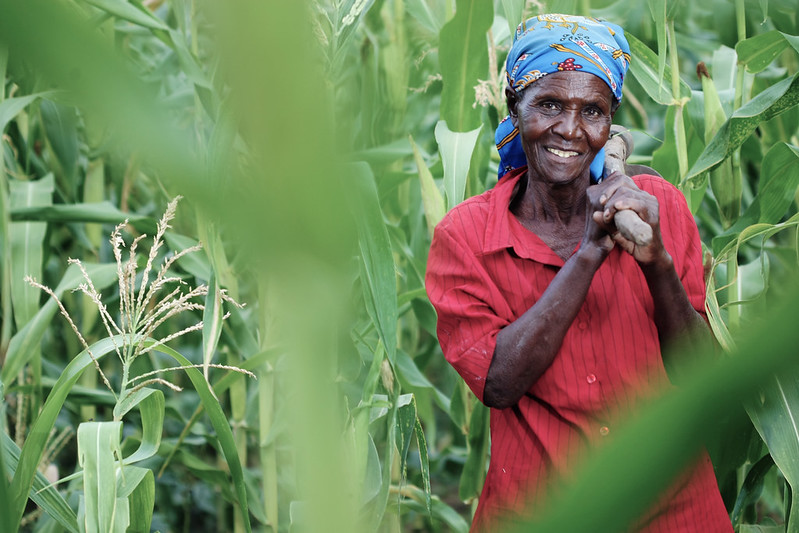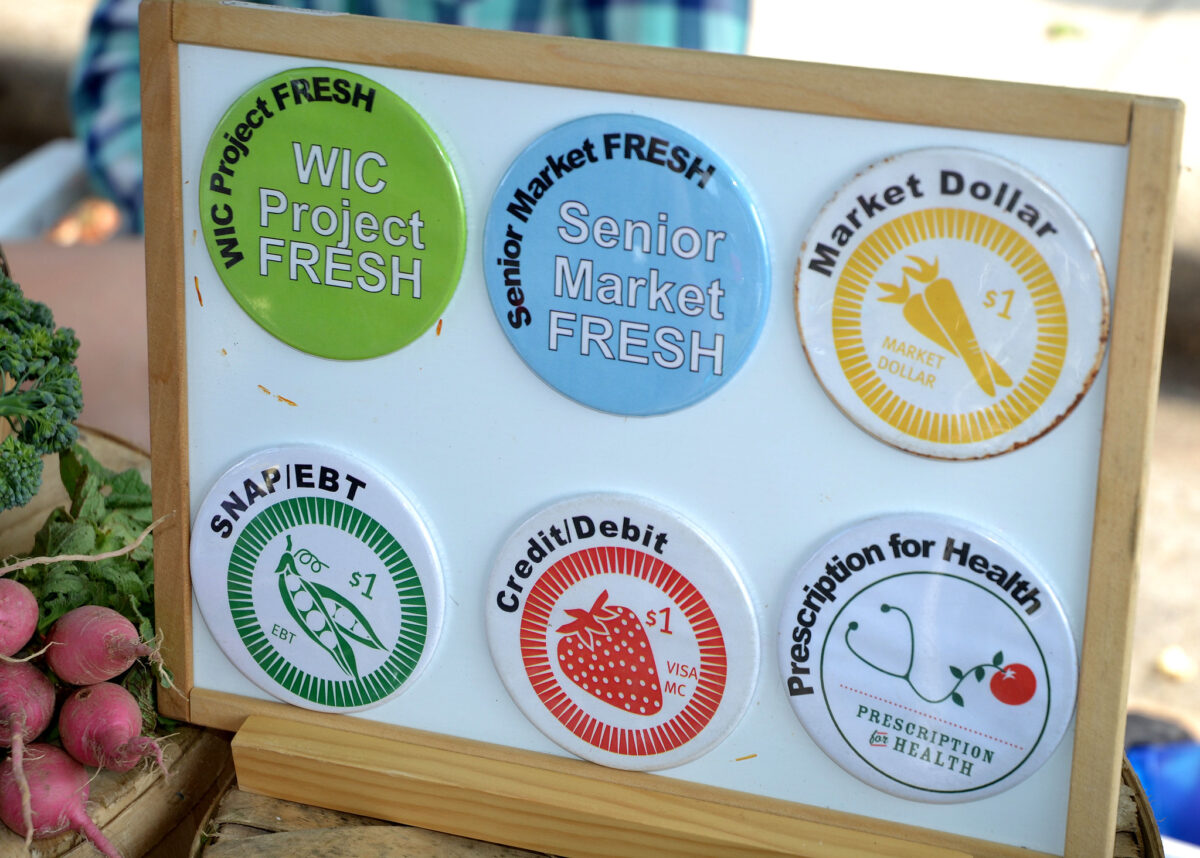Why Anemia is Holding Women Back
This year, the world will come together to celebrate International Women’s Day under the theme: “For ALL women and girls: Rights. Equality. Empowerment.” This year’s theme is a powerful call to action, urging us to unlock opportunities and champion a future where no one is left behind.
At 1,000 Days, we believe achieving this vision starts with one fundamental pillar: good nutrition. And yet, for one in three women and girls, anemia—a condition primarily caused by poor nutrition—continues to stand in the way of their health, economic potential, and empowerment.
Anemia: A silent barrier to women’s health and potential
Anemia affects half a billion women of reproductive age worldwide, with iron deficiency being the most common cause. This condition is not just about feeling tired—it weakens immune systems and increases risk of infections. During pregnancy, anemia has been associated with poor outcomes for both mothers and babies, including premature birth, low birth weight and maternal mortality. Women suffering from severe anemia during pregnancy are twice as likely to die during or shortly after pregnancy than non-anemic women, and anemia is the cause of 20% of maternal deaths worldwide.
Anemia is not only a health issue; it’s a barrier to women’s and girl’s potential too. Anemia causes extreme fatigue and poor concentration, hindering learning potential, educational attainment, and productivity. Women and girls, particularly those in low-income and marginalized communities, often face more significant obstacles in accessing the iron-rich foods, supplements, and healthcare they need. These barriers perpetuate cycles of malnutrition and poverty, preventing women from fully participating in society and the economy.
Addressing anemia accelerates change
When we invest in tackling anemia, we invest in stronger women, healthier families, and more resilient economies. The benefits of addressing anemia are profound:
- Healthier Pregnancies & Babies: Anemia in pregnancy increases the risk of preterm birth by 30% and low birth weight by 40%. Ensuring pregnant women have access to iron and folic acid can save lives and improve newborn health.
- Stronger Women: Adolescent girls with anemia often struggle in school due to cognitive impairments linked to iron deficiency. Research has proven that anemia negatively impacts work performance and productivity. When women and girls have access to the nutrition they need, they can achieve their potential, participate fully in society, and build security for their families.
- Better Economic Outcomes: Research from the World Bank estimates that anemia reduces work productivity by up to 17%, costing some economies more than $70 billion annually in lost productivity. Addressing anemia means stronger economies and stronger women in the workforce.
How we can accelerate change
Fighting anemia requires urgent, multisectoral action. Here’s how we can make an impact:
- Expand access to Multiple Micronutrient Supplementation (MMS): Governments and health systems must ensure women and adolescent girls have access to essential nutrition interventions, including multiple micronutrient supplementation and prenatal care. According to UNICEF, scaled-up MMS can drive country-level progress towards global goals and targets to improve anemia, low birth weight, wasting, and stunting.
- Scale food fortification: Investing in food fortification—adding iron to staple foods like flour, maize flour, rice, and oil—can effectively reduce anemia rates for just pennies. Countries like India have seen success by fortifying staples with vitamin B-12, iron and folic acid, providing a cost-effective solution to widespread deficiencies.
- Prioritize Girls’ & Women’s Health in Policies: Nutrition must be integrated into national health and gender equality plans. Governments, nonprofits, and the private sector must work together to eliminate obstacles for women and children to good nutrition.
- Educate & Empower Young Women: Young women and adolescent girls must be equipped with nutrition knowledge to advocate for their health and futures. Schools and communities play a vital role in ensuring this education reaches those who need it most. Studies show that nutrition education programs have increased iron intake among adolescent girls.
A future where no one is left behind
This International Women’s Day, we can take bold action to ensure every woman and girl—regardless of income, geography, or status—has the right to the nutrition she needs to thrive.
Anemia is a solvable challenge. By investing in solutions today, we are building a future where all women and girls can rise, lead, and shape a more just and equal world.
Join us in advocating for change. Together, we can make anemia a thing of the past and build a future where women’s health is never a barrier to their rights, equality, or empowerment.
Take Action: Share this message. Advocate for maternal and adolescent nutrition. Support policies that expand access to essential nutrition services. Because when women are strong, we all rise.


